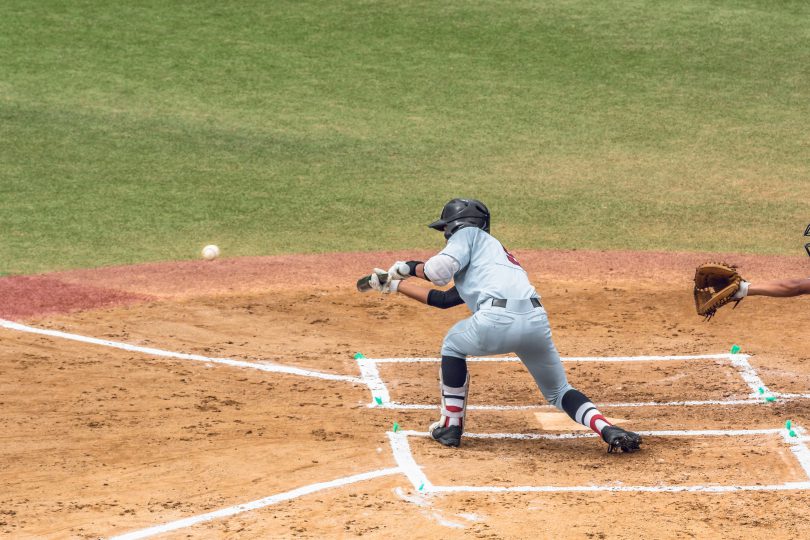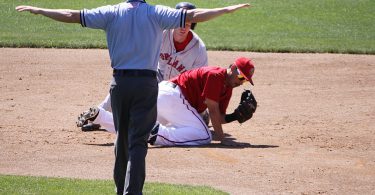The Situation:
Runner on second, no outs, 8th inning, the offense is down by one run.
The Play:
The hitter knows that he has to get a bunt down. He has to make sure that the runner advances to third base. As the pitcher comes set, the first baseman starts to crash from the right side. The third baseman stays deep. The pitcher fires a fastball on the outside part of the plate. The hitter lunges across the plate and puts down a bunt to the right side. The first baseman, crashing hard, picks up the bunt and throws it to third.
The Outcome:
The third baseman catches the throw and tags the runner out. The hitter reaches first base safely. The next batter up hits a deep fly ball. The following batter grounds out and the inning ends.
What Went Wrong?
A hitter going up in a bunt situation always has to know where (which side of the field) the bunt has to go. It’s not hard to figure out when the defense puts on a normal bunt play. With a runner on first the bunt always has to go to the first base side. That’s because the third baseman will be crashing while the first baseman will be holding the runner on. With a runner on second the reverse is true. A bunt with a runner on second always has to go to the third base side, because the first baseman will be the one crashing. The goal with a runner on second base should be to make the third baseman come in and field the bunt. That makes it impossible to make the play on the runner going to third.
If the defense puts on a crash play, where both the third baseman and the first baseman are crashing, and the shortstop and second baseman give up the middle of the field, then the hitter has a much more difficult decision to make. In college, coaches usually teach their hitters to pull the bat back and take a swing, trying to hit a ground ball up the middle. This is because the middle is completely vacant with the shortstop covering third, and the second baseman covering first. However, if a coach does not want the hitter to pull back and swing, the same rules apply. With a runner on second, the bunt must go to the third base side. With a runner on first, the bunt has to go to third base side.
The rule is pretty simple. When you get ready to bunt, take a look at the situation, think about where the runners are, and be ready to do your job.







